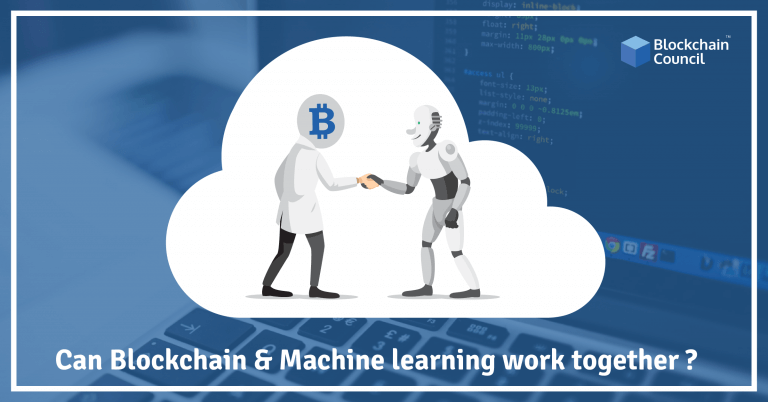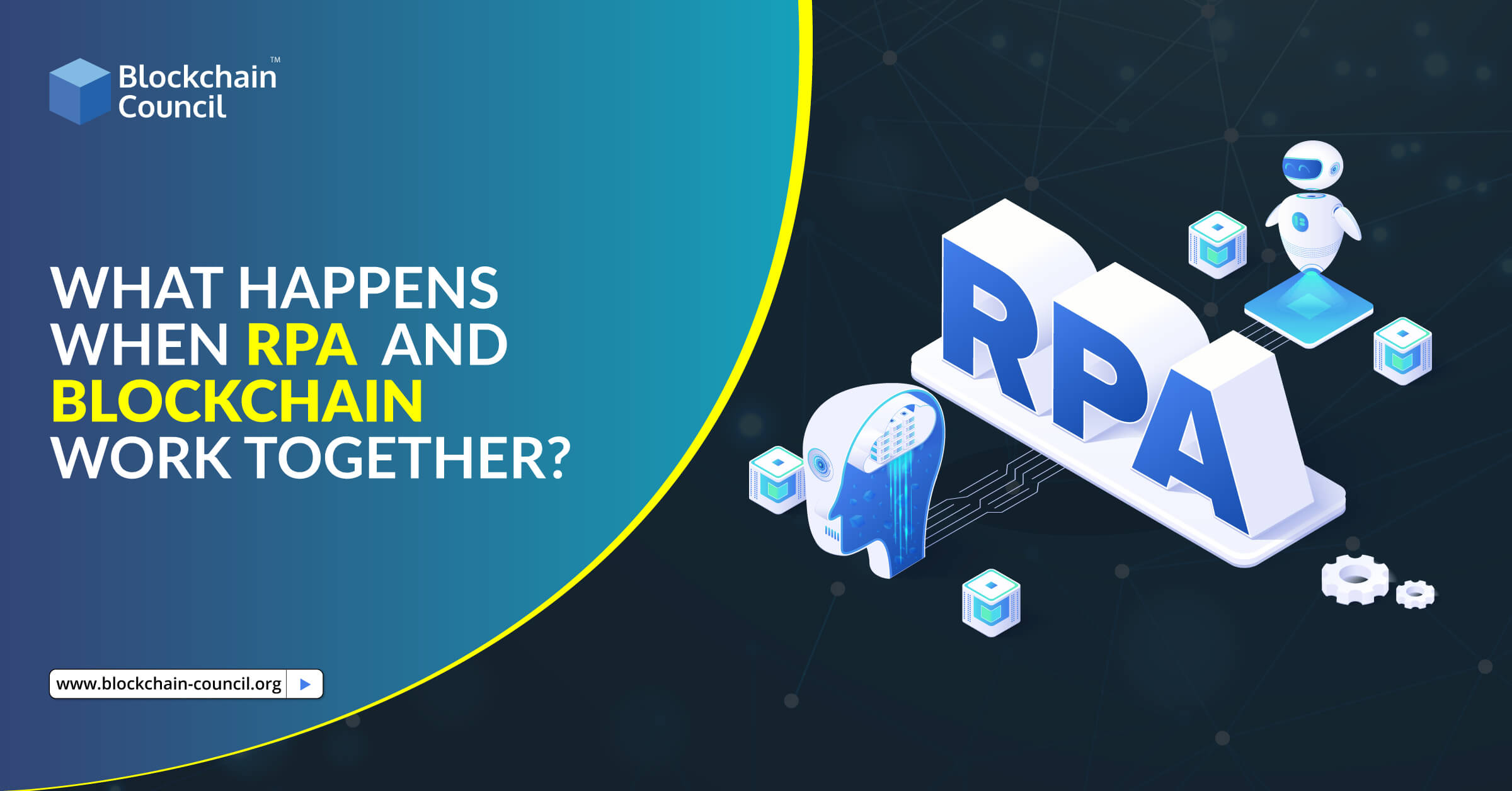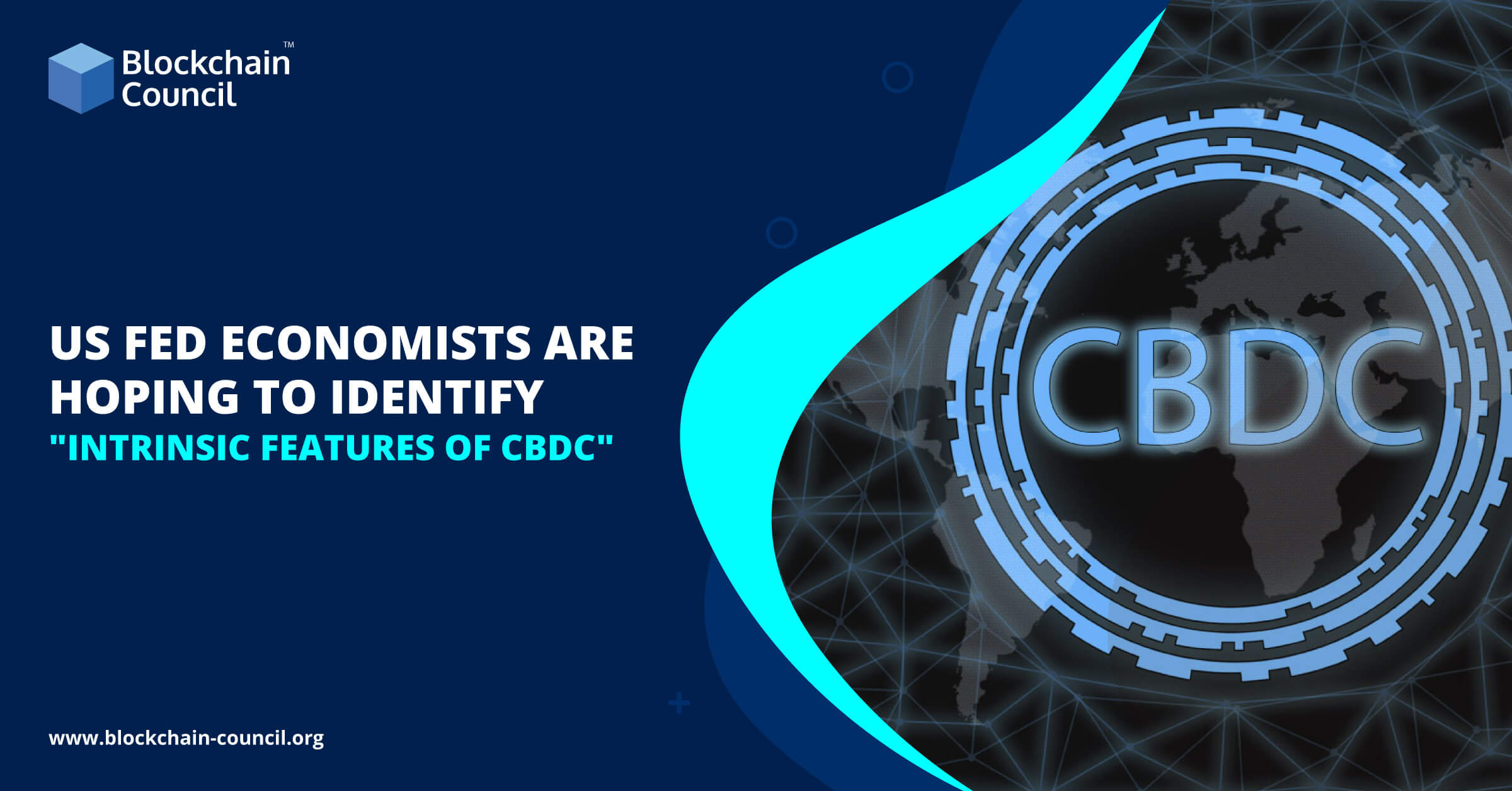
- Toshendra Kumar Sharma
- March 14, 2018
Both blockchains and machine learning are new technologies that have emerged in the last decade that have far-reaching consequences for all spheres of human activity. Machine learning is focusing primarily on making machines more autonomous to be able to make decisions without human oversight. This is very important for our civilization as this allows human beings to direct their resources to other pressing concerns. At the same time, blockchains are focused on making transactions between participants trustless and secure. This is also of great consequence to us, as it helps us eliminate middlemen like governments and banks who try to make money off every transaction that we engage in. Let’s see how both these emerging technologies can help each other.
How Does Machine Learning Work?
Machine learning utilizes vast quantities of data to identify underlying patterns in the datasets. This allows for designing more efficient systems that can learn from their past mistakes. Examples of machine learning systems include speech recognition software, fitness tracking hardware, self-driving cars and several others. Machine learning software adapts when exposed to new information. For instance, when an email’s spam detection software sees an email marked as spam, further communication from the same sender is likely to be classified as spam as well. Machine learning does this kind of filtering based on models that are developed using datasets that have high-quality information that does not tamper.
Advanced machine learning algorithms are being researched to come up with better models for managing financial risk. This means that machine learning has extreme use cases in insurance services and related fields of risk analytics and actuarial sciences. Machine learning software can often sift through millions of records to unearth non-intuitive patterns. This allows the companies to improve their decisions as a result and provide more accurate estimates when coming up with insurance premiums.
Benefits of Blockchains
The Blockchain is the world’s most secure database that saves permanent, unalterable, time-stamped instances of data in a decentralized ledger. Blockchain technology uses digital signatures and a consensus mechanism in order to ascribe digital ownership to entities on the blockchain. The result is a highly decentralized ledger that is very resistant to censorship from governments or other malicious actors. This makes blockchain a good candidate to store sensitive information that should not be modified in any way. Machine learning works on the principle of “Garbage In, Garbage Out,” which means that if the data that was used to build a prediction model was corrupted in any way, the resultant model would not be of much use either.
Merging Machine Learning With Blockchain
Machine learning relies on vast quantities of data to build models for accurate prediction. A lot of the overhead incurred in getting this data lies in collecting, organizing and auditing the data for accuracy. This is an area that can significantly be improved by using blockchain technology. By using smart contracts, data can be directly and reliably transferred straight from its place of origin. For example, a machine learning model for self-driving trucks would require several hundred Terabytes of actual truck driving data. Traditionally, all of the data, like driving speeds, fuel consumption, breaks, etc. would first be collected using different trackers. It would then be sent to a processing facility where auditors would sift through the data to make sure it was authentic before sending it to be processed by data scientists. Smart contracts could, however, improve the whole process significantly by using digital signatures. By using blockchains to ensure the security and ownership of the collected data, we could program smart contracts to directly send the data from the truck driver to the data scientists who would use the data for building machine learning models.
This means that this fusion of blockchain technology and machine learning is a game changer for the self-driving research as it can help create a marketplace for data for research. The finance and insurance industries have a lot to gain as well because together they can be used to design tools to identify and prevent fraud. Using machine learning to improve supply chain solutions can help corporations around the world save billions of dollars every year by reducing wastage and theft.





































































 Guides
Guides News
News Blockchain
Blockchain Cryptocurrency
& Digital Assets
Cryptocurrency
& Digital Assets Web3
Web3 Metaverse & NFTs
Metaverse & NFTs
